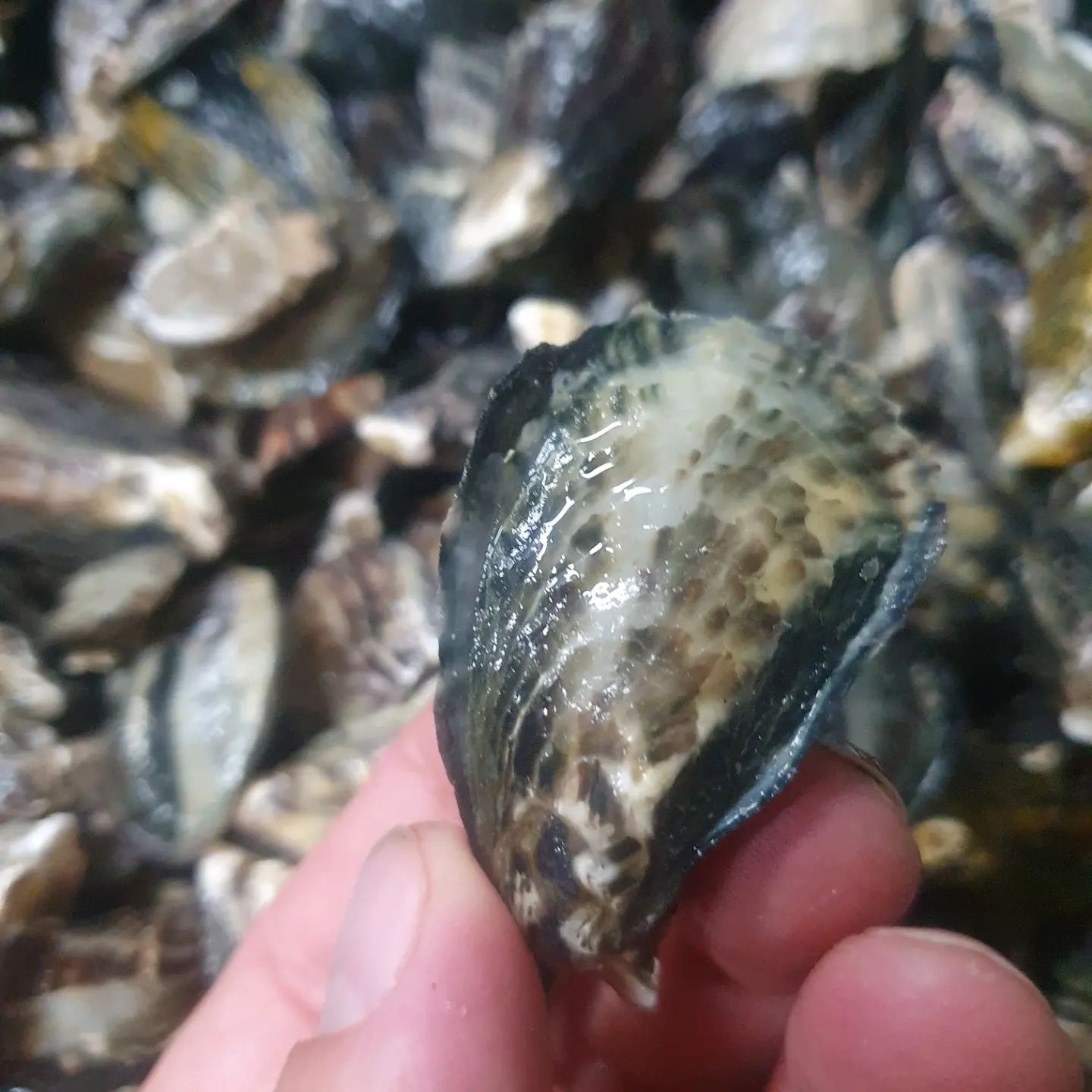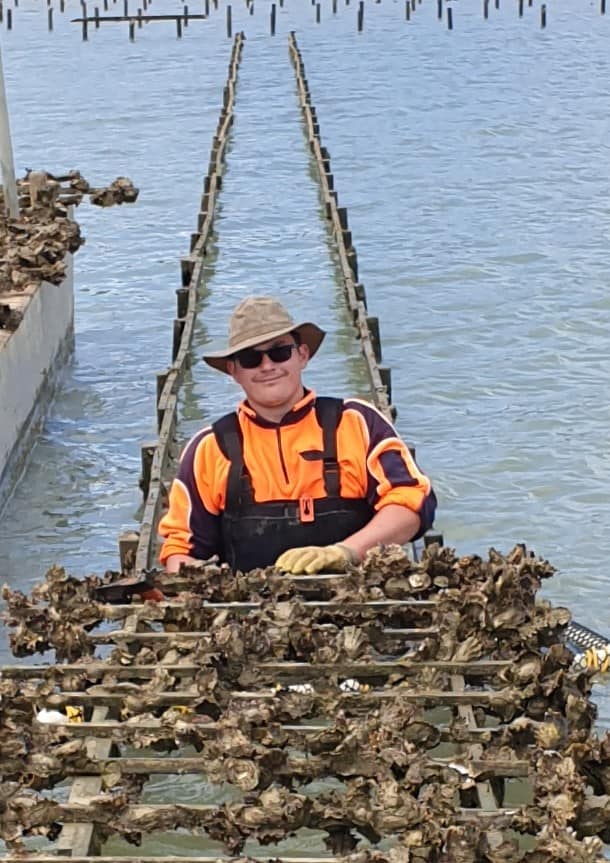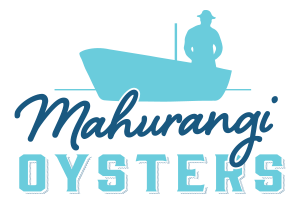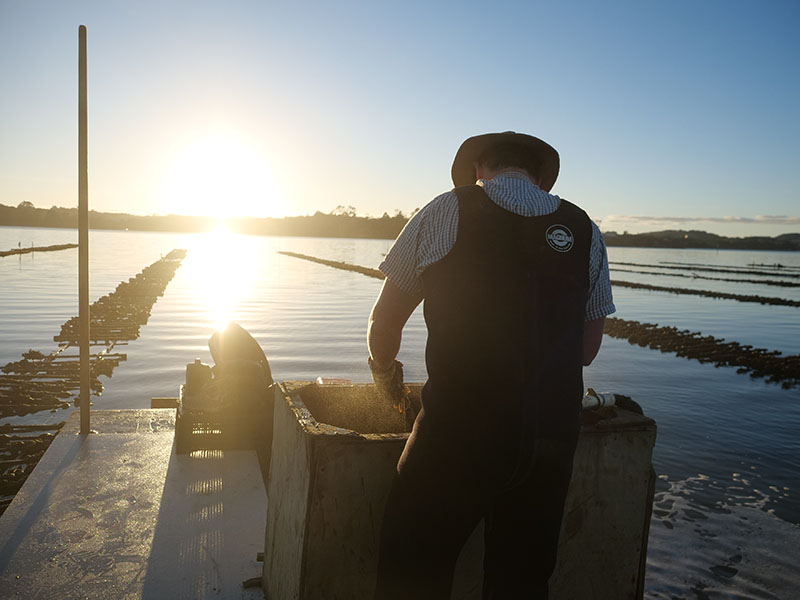Oysters 101
The first thing to understand about the NZ oyster is that the more of them you eat, the better it is for the environment.
We often associate oysters with romance and indulgence, but they are much more than just a culinary delight. Oyster farming is good for your taste buds, your overall health and the environment and Mahurangi Oysters, like other oyster farms, contribute significantly to a healthier planet.
Aquaculture around the world is fast becoming unsustainable and some would say unnecessarily cruel. Oysters on the other hand are one of the most environmentally sound animal species to farm. No feed or chemicals are used to grow or harvest the oysters. This is in contrast to most other aquaculture operations that require feed and generate waste, most notably nitrogen.
Oyster farming is a regenerative farming practice that actually improves the environment.
So let’s look into the world of oysters and how these marine marvels clean coastal waters, filter out toxins and can be farmed with almost no greenhouse gas emissions, water, feed, fertiliser, or food.
A feast of 2 halves
Oysters are what we call bivalves: marine mollusks with two hinged shells. Oysters have a small heart and internal organs, but no central nervous system. It is therefore highly unlikely that oysters feel pain, one reason some people who will not eat animals are comfortable eating oysters.
Nature’s filters
Oysters are like the natural clean-up crew of the ocean. Oysters are filter feeders. Each bivalve is a tiny ocean vacuum. They feed on phytoplankton. Using their gills and tiny hair-like structures called cilia, they pull in water. Oysters can filter up to 200 litres of water daily, purifying contaminants like nitrogen and phosphorus from agricultural runoff.

Guardians against algae
Beyond being chill ocean dwellers, oysters turn into superheroes when it comes to fighting algal bloom, the result of too many nutrients. Excessive nutrient loading can result in eutrophication, which can deplete areas of oxygen.
They consume algae and filter other particulates. This allows more sunlight to reach the ocean floor, encouraging sea grasses and other marine life to flourish.
Life’s journey
Let’s talk about the oyster life cycle – it’s a bit of a rollercoaster. An oyster is protandric, they are all born male. As time goes on, they can change to females, and even change back into males again, depending on circumstances. Environmental cues such as temperature, food, and salinity determine if it’s time for the oyster to develop sex organs. When it’s time to mate between January and March when the water warms up, they release eggs and sperm into the water at the same time, resulting in free-swimming larvae. After 2-3 weeks, these little oyster babies, or spat, are collected in spat traps placed on inter-tidal racks where the tides wash over them twice each day.
They are removed from the traps and placed in tumblers before being moved to flip baskets. Only a few millimetres wide, we leave them for around 13 months to “stay in their beds all day long; the only work they do is opening and shutting their shells; their meals are delivered to them, and they spend most of their lives drinking, putting away on average 180 litres a day”, as the New Zealand Geographic puts it.

These tiny wonders become the delectable Mahurangi Oysters we so prize.
So, there you have it, an introduction to the world of the NZ oyster. They’re not just a treat for your taste buds. They’re wonderful contributors to the ocean’s delicate balance and a nutritional powerhouse. They are packed with zinc, Vitamin B12 and essential fatty acids.
In a world facing a crisis in ocean health, eating a NZ oyster is one of the best investments you can make.
The oyster of choice
Thanks to our careful husbandry and intelligent market selection, our plump Pacific oysters have become the oyster of choice in the Auckland restaurant scene and are exported in large numbers to Pacific Rim countries.
Feel free to contact us directly should you want more information. As a family business, we are very proud of what we produce and sell – and we only sell the best.

